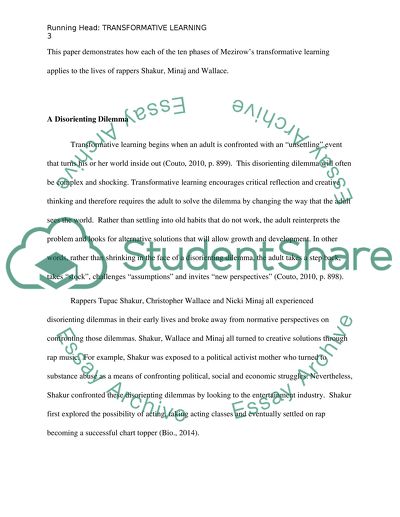Cite this document
(“Transformitive learning theory by Mezirow Book Report/Review”, n.d.)
Transformitive learning theory by Mezirow Book Report/Review. Retrieved from https://studentshare.org/psychology/1652522-transformitive-learning-theory-by-mezirow
Transformitive learning theory by Mezirow Book Report/Review. Retrieved from https://studentshare.org/psychology/1652522-transformitive-learning-theory-by-mezirow
(Transformitive Learning Theory by Mezirow Book Report/Review)
Transformitive Learning Theory by Mezirow Book Report/Review. https://studentshare.org/psychology/1652522-transformitive-learning-theory-by-mezirow.
Transformitive Learning Theory by Mezirow Book Report/Review. https://studentshare.org/psychology/1652522-transformitive-learning-theory-by-mezirow.
“Transformitive Learning Theory by Mezirow Book Report/Review”, n.d. https://studentshare.org/psychology/1652522-transformitive-learning-theory-by-mezirow.


